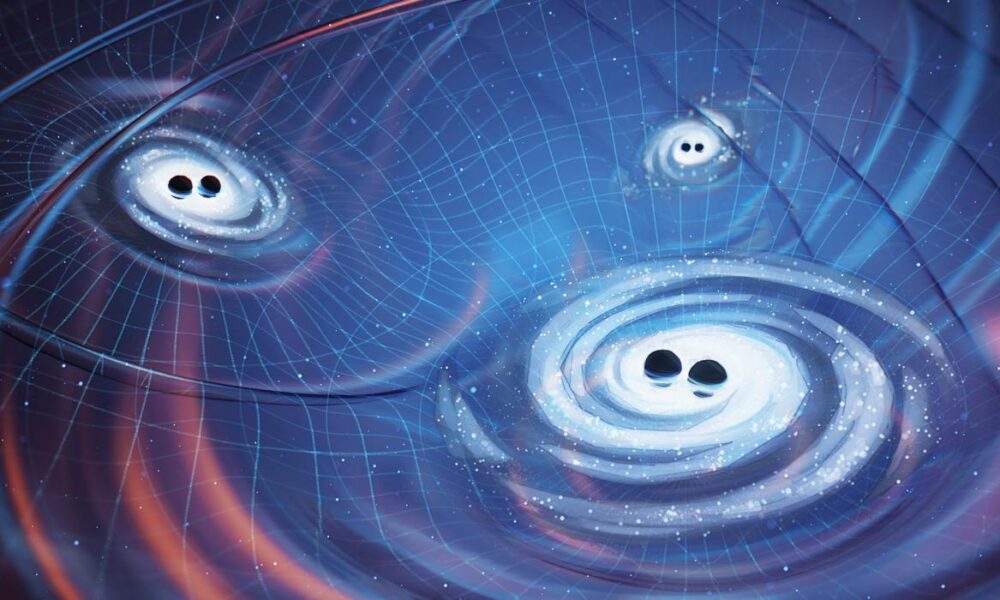In a pioneering experiment, researchers have successfully halted quantum motion using an ultrafast laser technique. This breakthrough, achieved in March 2024, challenges longstanding principles of quantum mechanics and holds significant implications for the future of quantum computing and precision measurement technologies.
Details of the Experiment
The experiment focused on harnessing ultrafast laser pulses that last merely a few femtoseconds, or one quadrillionth of a second. These lasers can deliver immense energy in incredibly brief bursts, enabling scientists to manipulate matter at a quantum level with unprecedented precision. The research team, consisting of physicists from various institutions, sought to observe the motion of particles at a scale previously considered unobservable due to the speed of their movements.
By directing ultrafast laser pulses at specially prepared atoms, the researchers created a unique environment where quantum effects could be paused momentarily. The laser pulses were meticulously tuned to resonate with the natural vibrations of the particles, effectively “freezing” their quantum states. This contrasts with traditional observations in quantum mechanics, where particles exist in superpositions of states, constantly in motion and fluctuation.
Impact on Quantum Mechanics
This groundbreaking experiment has profound implications for our understanding of quantum mechanics. The traditional Copenhagen interpretation, articulated by physicists like Niels Bohr, posits that quantum systems exist in probabilistic states until measured, resulting in a definitive outcome. By temporarily halting quantum motion, the researchers have created a distinct observational window, allowing for the measurement of quantum states without the intrusive effects typically associated with observation.
Moreover, this work could pave the way for innovative tools to study quantum entanglement, coherence, and decoherence—key concepts in quantum information science essential for technologies like quantum computing. The ability to manipulate quantum states without the necessity of measurement could enhance the performance of quantum bits (qubits) and lead to significant advancements in error correction protocols, which are crucial for the practical implementation of quantum computers.
While this experiment represents a monumental step forward, it also presents challenges. The extreme precision required to halt quantum motion necessitates exceptional accuracy in both timing and energy. It is essential that the laser pulses interact with the particles without introducing external noise, a substantial technical obstacle.
Future research is expected to refine this ultrafast technique and explore its applications across various quantum technology domains. Potential advancements could extend to telecommunications, utilizing quantum states for secure communication channels, and drug discovery, where manipulating molecular structures at the quantum level could lead to novel treatments.
The ability to halt quantum motion through ultrafast laser technology signifies a pivotal moment in the realm of quantum physics. This achievement not only challenges conventional understandings of particle behavior but also sets the stage for innovations that could reshape technology as we know it. As researchers continue to investigate the implications of this experiment, the future appears promising for the intersection of quantum theory and its practical applications, heralding a new era of scientific discovery and technological advancement.







